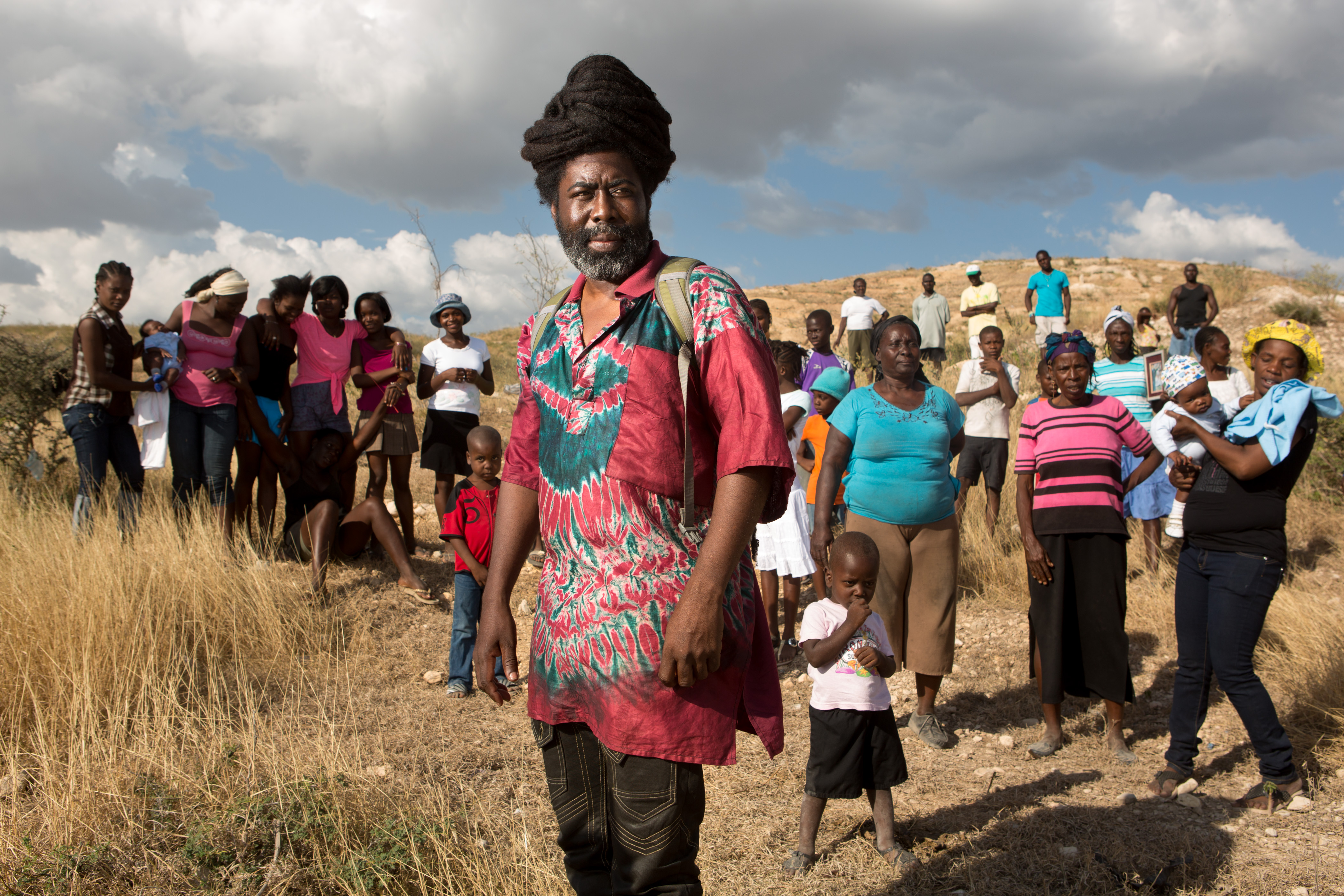
Pulitzer Center grantees Jonathan M. Katz and Allison Shelley lead a workshop titled "Haiti's Canaan: Solution for Displaced Haitians or Disaster in the Making" during the 2015 International Conference on Conflict Resolution Education (CRE) for educators, students and policymakers held this year at George Mason University's Arlington, VA, campus.
The workshop takes place on Saturday, June 20, during the CRE Summit's Session 3.
In the five years since Haiti's major earthquake, there has been a focus on creating an investor-friendly, quake-resistant Port-au-Prince. But 10 miles north of downtown, almost 100,000 of the displaced are building their own solution—with marginal outside support or planning.
Here, 18,000 acres of scrub-covered, oven-roasted hills with no water, electricity, roads or other services has become a promised land since March 2010 when the government declared it publicly available. The settlement's heart has a name to match: Canaan. Katz and Shelley report that informal development is occurring at warp speed. Canaan and its environs will soon be Haiti's third-largest urban center.
Post-quake tarp-and-stick dwellings have become homemade cinderblock houses, constructed with the same materials and methods that made of Port-au-Prince buildings death traps back in 2010. Forged land titles and mass armed eviction are said to be prevalent. The absence of government authority has led to the creation of vigilante patrol gangs as well as civic action groups. One such action group has financed and raised power poles in the hope that the public power utility will bring them electricity.
Those who have chosen to remain in the hardscrabble wild west of Canaan are of the heartiest of cloth. But is Canaan another disaster in the making? Will it become Port-au-Prince's biggest slum? What is the government's responsibility to residents and the landowners? Shelley and Katz investigate these questions.
Session 3 Workshop: "Haiti's Canaan: Solution for Displaced Haitians or Disaster in the Making"
2015 International Conference on Conflict Resolution Education
Saturday, June 20
10:15 am – 11:45 am
George Mason University
Arlington, Virginia
George Mason University's School for Conflict Analysis and Resolution and the Global Partnership for the Prevention of Armed Conflict are partnering with schools, colleges, universities and governmental and non-governmental organizations to organize the 2015 International CRE Summit, held June 17-22. The 2015 conference builds upon prior conferences in 2004–2014 in Ohio and Virginia. For registration information, visit the International CRE Summit 2015 website.

Project
Canaan: Haiti's Promised Land
How the residents of Canaan navigate land rights, urban planning, and governance—on their own.




